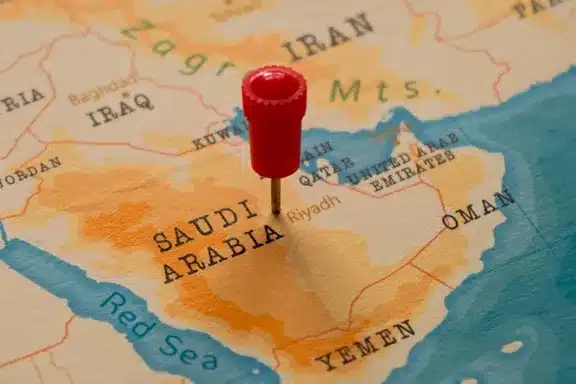The United Arab Emirates (UAE), a federation of seven emirates including Abu Dhabi and Dubai, has undergone a transformative journey since its formation in 1971. From a region primarily reliant on oil, the UAE has diversified its economy, investing in sectors like tourism, finance, and real estate. Central to this diversification has been the influx of foreign talent. As the nation has aimed to position itself as a global hub, it has particularly opened its doors to Western professionals and businesses. Consequently, its immigration policies have evolved in tandem, reflecting a broader strategic vision.
Historical Context of UAE’s Immigration Policy
Historically, the UAE’s immigration policies were designed to accommodate a transient workforce, primarily from South Asian countries. This labour force, often in the country on temporary work permits, was instrumental in the nation’s rapid infrastructure development. However, as the UAE’s economic landscape changed, so did its demographic needs.
Attracting Western Talent: Why the Shift?
Several reasons underscore the UAE’s increasing inclination to attract Western workers:
- Knowledge Transfer: Western professionals, especially from sectors like finance, tech, and academia, bring with them a wealth of knowledge. By attracting them, the UAE hopes to catalyse knowledge transfer, upskill its local workforce, and foster innovation.
- Boosting its Global Image: The presence of Western businesses and professionals lends the UAE a cosmopolitan image, aligning with its vision of being a global hub.
- Economic Diversification: To reduce dependency on oil and to thrive in sectors like tourism, arts, and technology, the UAE recognizes the need for global expertise, often seeking it from Western nations.
Changes in Immigration Policies
To cater to the rising influx of Western professionals and entrepreneurs, the UAE has introduced a slew of changes in its immigration policies:
- Long-Term Visas: Previously, visas were typically tied to employment and were short-term. Recognizing the need for stability, the UAE introduced long-term visas. For instance, the Golden Visa offers a 10-year residency for professionals in specific sectors, investors, and even students with exceptional academic records.
- Retirement Visas: The UAE, primarily in 2018, rolled out a five-year retirement visa for those above 55, provided they meet certain financial criteria. This policy targets long-term expatriates, including Westerners, allowing them to consider the UAE as a retirement destination.
- Ownership Laws: To attract Western businesses and investors, the UAE relaxed its foreign ownership laws. In specific sectors and Free Zones, foreign entities can now own 100% of their businesses, a departure from the earlier requirement of having a local sponsor holding a significant stake.
- Cultural Sensitivities: While not strictly an immigration policy, the UAE has shown flexibility in its cultural norms and regulations. For instance, in 2020, Abu Dhabi started allowing non-married couples to live together, a significant shift aligning with Western norms.
- Streamlined Processes: Recognizing the need for efficiency, various emirates have introduced streamlined visa and business setup processes. Dubai’s Free Zones are emblematic in this regard, offering one-stop solutions for Western businesses.
Challenges and Considerations
While the UAE’s revised immigration policies underscore its vision, they also bring forth challenges:
- Cultural Integration: As Western professionals arrive, there’s a continual negotiation between preserving local Emirati culture and accommodating Western norms.
- Economic Sustainability: While the UAE aims for diversification, there’s a need to ensure that its dependence on foreign talent is sustainable. Balancing local employment with foreign talent remains a critical consideration.
- Regional Geopolitics: The UAE’s stance often has to consider the broader geopolitical dynamics of the Middle East, ensuring that its policies align with its strategic interests.
Conclusion
The UAE’s evolution, both economically and socially, is intrinsically linked with its shifting demographic canvas. As it sets its eyes on a future that is innovative, diversified, and global, the influx of Western talent becomes pivotal. Consequently, its immigration policies, once designed for a transient workforce, are now reflective of a nation aiming for permanence on the global stage. Balancing the imperatives of cultural preservation with the necessities of global integration, the UAE’s journey offers insights into the complexities and opportunities of nation-building in the 21st century.

